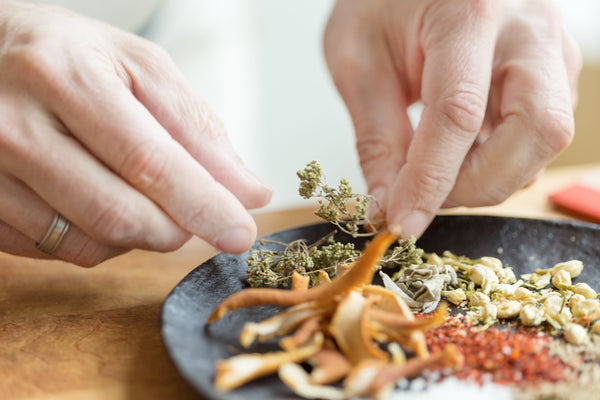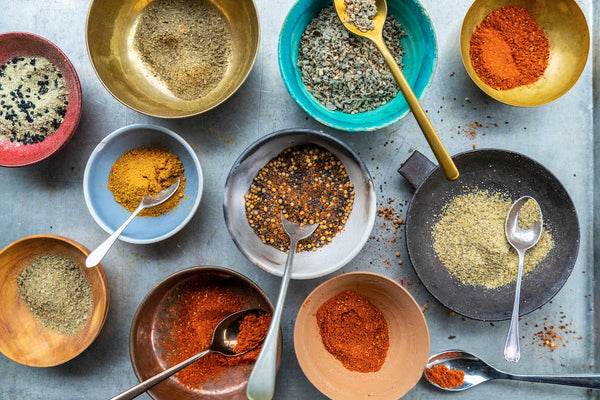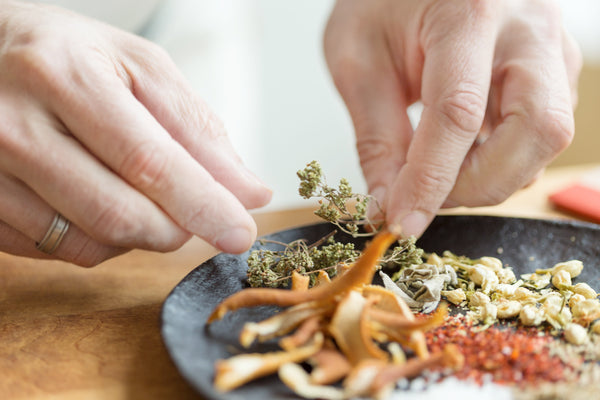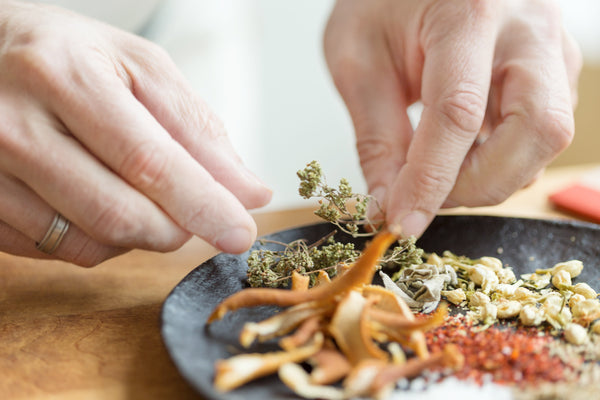
Food52: Why Some Spices Are So Expensive (& Why You Should Spend the Money)
Our friends at Food52 answer a question we often hear: why are some spices so expensive? With a detailed look into the spice industry and how it operates behind the scenes, learn the difference between quality spices and the imitations that just don't stack up.
You know which spices are expensive: They're the ones your outreached hand hovers over with hesitation in the grocery store. The vanilla beans, the saffron, the cardamom, the nutmeg, and, if you can find it, the mace.
But why are these spices so expensive? And why can you find them for so cheap if you look in the right places?

In medieval times, before European exploration—as John Beaver of Oaktown Spice Shop in Oakland, California simplified for me—the spice trade was controlled by Arabs, who regulated the few places in the world where these ingredients were grown; nutmeg and cardamom, as examples, came from specific geographic locations and the prices were managed.
Today, cultivation happens far away from the original source, in similar climates all over the world. Grenada, for example, is one of the world’s largest nutmeg producers even though it’s located halfway around the globe from the spice’s place of origin.
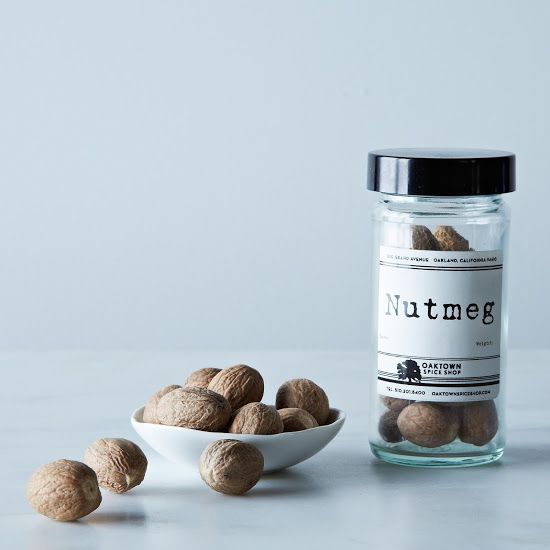

For today’s commodities, it’s no longer geographic specificity or tightly ruled and monopolized trade routes that hike up the prices. For saffron and vanilla—the two most famously wallet-emptying spices—the primary reason for their high price is the high cost of production. (Which is kind of reassuring if you're the type of cynic or conspiracy theorist who assumes their price must be due to some sort of misconduct.)
As Dr. Ravin Donald, Vice President of Quality and Research and Development, and Seth Petchers, Sustainable Supply Chain Manager, at Simply Organic explained, there is an incredible amount of labor at the individual level, that goes into the pollination, harvesting, and drying of vanilla beans and saffron: "There's a lot of hand input for a small value of spice."

As for other spices, a whole host of other factors determine their price and cause it to fluctuate. Price changes, of course, in relation to market demand; Beaver credited China’s rising middle class, with its growing disposable income, for creating a huge demand for spices that hadn’t existed before.

Erratic weather, too, can change the price: Cardamom and other spices are very delicate, explained Beaver, to a matter of temperature degree. If you have bad storms, entire crops are destroyed and prices jump.
And if you’re doing your shopping at a high-end or specialty grocery, you’re also paying for a lot of stuff—like packaging and shelf space—that’s not directly related to the product itself. At those stores, more so than at international or family marts, there's added pressure to mark up the products to maximize profitability margins.



But Dr. Donald of Simply Organic said that adulteration isn't as much of a problem as some might think, and occurs most frequently with ground spices and extracts. Many companies have high-tech systems in place that allow them to analyze the spices that come into their warehouses for purity. So more often, the lower-cost goods are lower in quality, but not necessarily impure: When comparing "a giant jar of cinnamon for $2.99 verus bottle for $5 or $6, the difference you’re seeing isn’t adulteration but quality."
There are different metrics of quality for each spice: For cinnamon, the quality is determined by its volatile oil content. The ultra-cheap stuff, Dr. Donald said, might have low volatile oil levels (between .5 and 2%), whereas high-quality cinnamon will have a volatile oil content of 3% and up. For bay leaves, larger, whole leaves are considered higher-quality than small or broken ones.


And John Beaver offered peppercorns (the cost of which, for black pepper, has doubled or tripled in price in the last five years) as an additional example of quality differences between the higher and lower price points:
There are different grades of peppercorns and quality differences. Look at the peppercorns and you’ll see that most of them are tiny and small and they might not have a very uniform shape or size or color—people will buy cheap pepper and they think of it as pepper, but once you know pepper, you’ll know that's not it.
All three spice vendors I spoke to emphasized the importance of getting as close to the source as possible in order to procure the best ingredients. Direct relationships with suppliers who know farmers personally translates into higher-quality, food-safe ingredients.
But if you think that means you could go to a market in northern Africa or southern India and get the fragrant, high-quality spices for a good price, you’d be wrong. In these spice-producing regions, the best products are exported: “If you’re buying spices at a spice market in North Africa, you might actually have to use more spices than you would at home,” says Beaver. It makes sense, then, that spices in these markets are typically sold by the pound.
“The good stuff is sold abroad”—and the same is true of coffee in Latin America and olives in Spain. “Their olives are the reject olives.”


All of this means you shouldn't jump for joy if you come across a shockingly low-priced spice. As Beaver put it: "We pay higher prices for spices in this country, but we get better-quality spices in this country, generally."
So while there are a lot of ways to save money and cut corners at the grocery store, maybe the spice aisle isn't the place to do it.


